Sylvania LED Panels and accessories
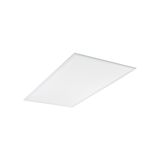


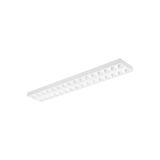
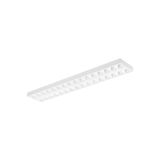



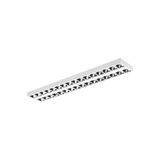


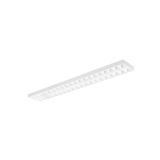

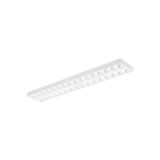
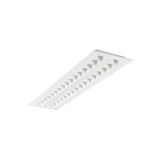
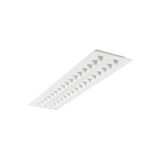

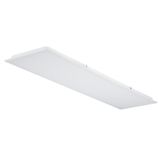
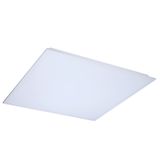


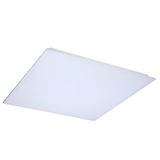
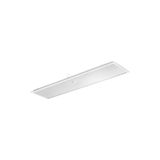

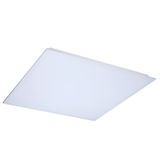
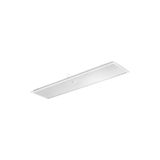

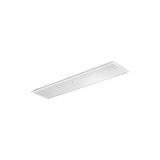
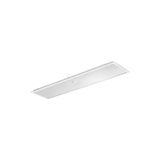

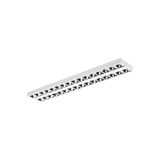
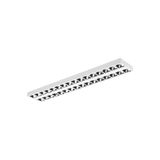



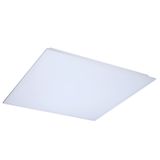


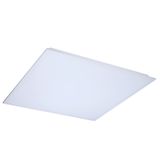

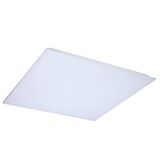



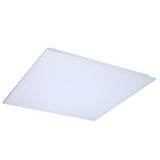
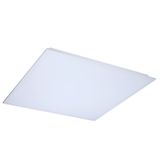

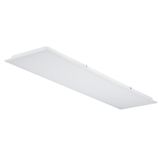
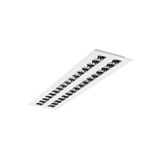

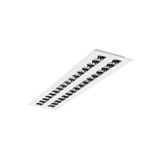
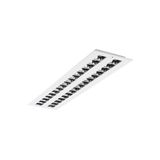
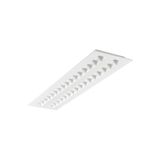
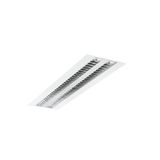
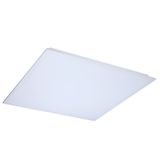
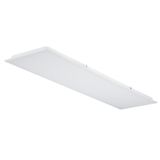
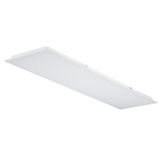
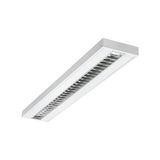
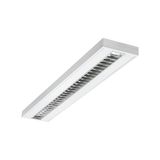
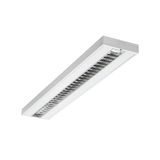
Ceilings only behave when optics, drivers, and mounting details are predictable. This family keeps commissioning tidy on 220–240 V AC with DALI-2 or 1–10 V dimming, calm inrush for Type B/C MCBs, and consistent cut-out geometry across sizes. Efficacy typically lands at 115–160 lm/W with CRI 80 standard and CRI 90 where colour fidelity matters; colour is held in ≤3-step SDCM so phases read the same across a floor.
sylvania led panels specification and project context
Grids, plasterboard, and raft ceilings are covered with 600×600, 300×1200, and 600×1200 bodies, plus 625 series for legacy tiles. Expect PF ≥0.9, THD ≤15% on quality drivers, and surge 2–4 kV L-N indoors. When planners standardise on sylvania led panels, spacing, glare control, and wiring practice remain consistent from meeting rooms to corridors.
sylvania panel lights optics and photometrics
Opal diffusers deliver low contrast for circulation; micro-prism faces meet UGR ≤19 over common desk layouts; wall-wash optics lift vertical illuminance for shelving and whiteboards. Output bands sit ~2,500–6,500 lm depending on drive current and optic. Designers pick sylvania panel lights when EN 12464-1 targets must be met without chasing bespoke reflectors.
sylvania ceiling panel luminaires integration and control
Addressed DALI-2 handles scenes, groups, and run-hour logging; broadcast keeps small rooms quick; 1–10 V supports legacy drivers; push-dim remains available. Presence and daylight sensors attach at the canopy or feed trunking with set-points around 5–1000 lx and hold 10 s…60 min. Facilities list sylvania ceiling panel luminaires to keep override behaviour, emergency testing, and analytics in one logic chain.
sylvania recessed led panels installation and compliance
Spring arms and safety tethers respect typical grid depths; adapter frames cover odd apertures; fire-stopping practice is maintained around penetrations. Thermal paths are sized for enclosed voids; operating window −20…+45/50 °C model dependent. Conversions and new installs using sylvania recessed led panels observe EN 60598 luminaire safety, EN 61347 driver safety, EN 55015/EN 61000-3-2 EMC, and EN 62471 photobiological assessment.
sylvania surface mounted led panels mounting and retrofits
Low-profile housings land on concrete or shallow voids where grids are impossible. Rigid plates avoid lid warp after repeated openings; cable entries are metric with locknuts; terminals accept 0.5…2.5 mm² copper per EN 60999. On schools and housing stock, crews choose sylvania surface mounted led panels to reuse conduits and keep drilling off finished soffits.
sylvania office lighting panels glare and ergonomics
Open-plan areas demand quiet luminance above 65° and stable dimming at low levels for screens. CRI 90 and 3500–4000 K are common for neutral colour rendition; TM-30 data is available where skin-tone fidelity matters. Schedulers mark sylvania office lighting panels to hold UGR control and colour across adjacent rooms while keeping emergency circuits upstream of dimming.
sylvania panel lighting accessories kits and spares
Surface frames, suspension kits, emergency packs, inline sensors, through-wiring harnesses, and label frames share geometry across sizes. Gaskets and glands are matched to cable OD so IP ratings remain honest in semi-damp spaces. Procurement bundles sylvania panel lighting accessories by room type so night shifts don’t chase small parts during handover.
Technical specifications and standards for engineers
- Electrical: 220–240 V AC, PF ≥0.9, THD ≤15%, declared inrush for MCB sizing, surge 2–4 kV L-N indoors.
- Photometric: 2700/3000/3500/4000/6500 K; CRI 80/90; ≤3-step SDCM; efficacy 115–160 lm/W; UGR managed by optic and spacing.
- Thermal and IP: −20…+45/50 °C; IP20 typical, IP44 topside kits for semi-damp zones; lifetimes L80/B10 50,000–100,000 h (LM-80/TM-21 projections).
- Controls: DALI-2 EN 62386-101/103/207, 1–10 V EN 60929, push-dim; Bluetooth®/IR tools for parameter transfer.
- Safety/EMC: EN 60598, EN 61347, EN 55015, EN 61000-3-2/-3, EN 62471.
Applications and compatibility
- Offices and classrooms: UGR ≤19, 300–500 lx targets, daylight harvesting with stand-by 10–30% on circulation routes.
- Healthcare: sealed, easy-wipe faces; neutral whites; calm dimming near instrumentation.
- Retail and banking halls: wall-wash options to raise vertical lux; CRI 90 in merchandise zones.
- Meeting and AV rooms: scene recall for presentation/discussion; inhibit inputs from control systems.
For retrofit, confirm grid size, depth, and ballast removal status; record interface method per room to avoid mixed protocols.
Selection criteria for B2B clients
- Fix interface strategy early (addressed DALI-2 vs broadcast vs 1–10 V).
- Choose optic for glare and vertical lux, then pick lumen class to hit spacing with margin.
- Verify inrush and PF on shared phases; align MCB curves floor by floor.
- Lock CCT/CRI per area; keep ≤3-step SDCM across phases.
- Define emergency method and test regime; kit frames, sensors, and harnesses by room bundle.
Integration with other Sylvania categories
Tie panels to Sylvania automatics and control so presence, daylight, and manual override share one logic set. In wet or dusty zones move to 3-proof lines; in feature areas pair with pendants and downlights on the same CCT/CRI so spaces read consistently.
Advantages of working with Bankoflamps
Room-based pricing, live EU stock before crews are booked, and quotes in roughly an hour with EAN/MPN keep schedules moving. The portal shows lead times, shipment status, and downloadable price lists with planning-grade validity windows. Approved accounts can use post-payment up to 30 days. We consolidate partials to cut freight, and a dedicated account manager checks optic choice, interface type, emergency kit, inrush data, frame geometry, and labeling against your drawings so cartons land site-ready across France, the Baltics, Germany, Spain, Italy, Belgium, and the Netherlands.